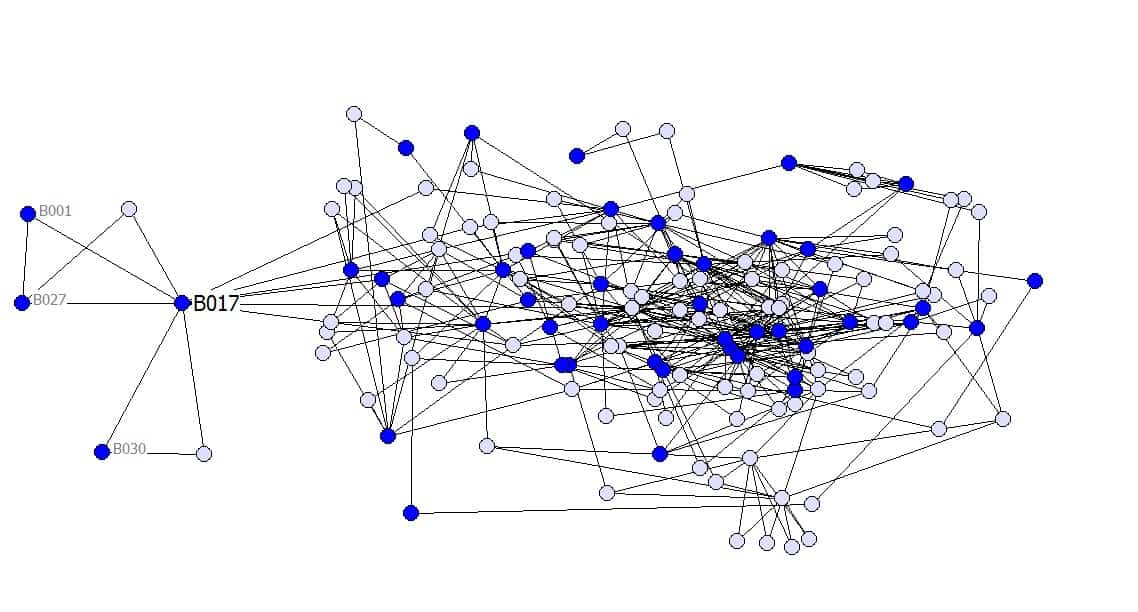Student Profile: Ngoc Le
24/05/2019
Diagnostics of Supply Chain Agility in rural New Zealand using Social Network Analysis

A bit about me
Xin chào! I am from Vietnam. My teachers, lecturers, and friends usually call me Ms. “1000 questions” as I tend to ask until I understand almost every piece of a phenomenon. My recipe for battling stress is volunteering, wandering around, talking with the locals, and trying local/ signature food.
My undergraduate background is finance. I worked in Operations and Business Analysis for 6 years before pursuing a Master of Supply Chain Management at Massey University, New Zealand in 2018. This programme fits me well as I am really keen on understanding the linkage between and among entities which form and govern economic systems. Thanks to Professor Paul Childerhouse, I had a priceless opportunity to work on the Rural Value Chains project led by Scion and funded by Resilience to Nature’s Challenges.
My project
The Scion’s project has two key parts; economic input-output analysis and network analysis. These parts mutually complement each other and allow us to evaluate rural value chain resilience in the context of natural hazards.
My thesis project stems from and builds on the second part by examining supply chain agility in rural settings. Agility is a critical component for survival and competitiveness and is usually regarded as the other side of supply chain resilience, along with robustness. My research focuses on three key aspects of agility; visibility, responsiveness, and network reshaping after disruptions. From the social network perspective and social network analysis methods (SNA), this study factors in both dynamics and interconnectedness of relationships among supply chain members.
The direction of my research is determined by the following set of questions:
Question 1: Which network characteristics may impact supply chain agility?
Question 2: How is agility distributed across the network? In other words, is it equally distributed or skewed towards some subgroups?
Question 3: Which entities are important in terms of both potentially positive and negative impact on supply chain agility?
Question 4: In which industry does the supply chain tend to be more agile?
I’m using data collected from the larger Scion project as a case study to perform analysis using SNA tools that are currently available. We hope to determine the overall state of network agility in Hurunui District through this work. We may also be able to discern the facilitators and barriers for network agility in the area. Our relative comparison of agility between agriculture and tourism and hospitality networks may also result in the discovery of practices that are worth learning and sharing among economic sectors.
Despite challenges of paucity in references, I enjoy every piece of this journey. There is always something new to learn every day. Many “wows” appear when some initial findings beat my ingrained assumptions. For instance, as illustrated in the following figure, without B017, information cannot flow across the network. This entity is important to network vulnerability though it is of medium size and just has a few supply chain connections.

Next steps
I am going to finish up my thesis in the next two months. By then, I hope my findings may shed light on how organisations can manage their portfolio of relations to leverage critical relationships in SC disruptive events. This may also help to identify the opportunities and constraints each of them faces when developing resilience capabilities because of specific positions in the network. My project may provide a starting point for more empirical research and levelling up the agility to multidimensional resilience for rural value chains.




